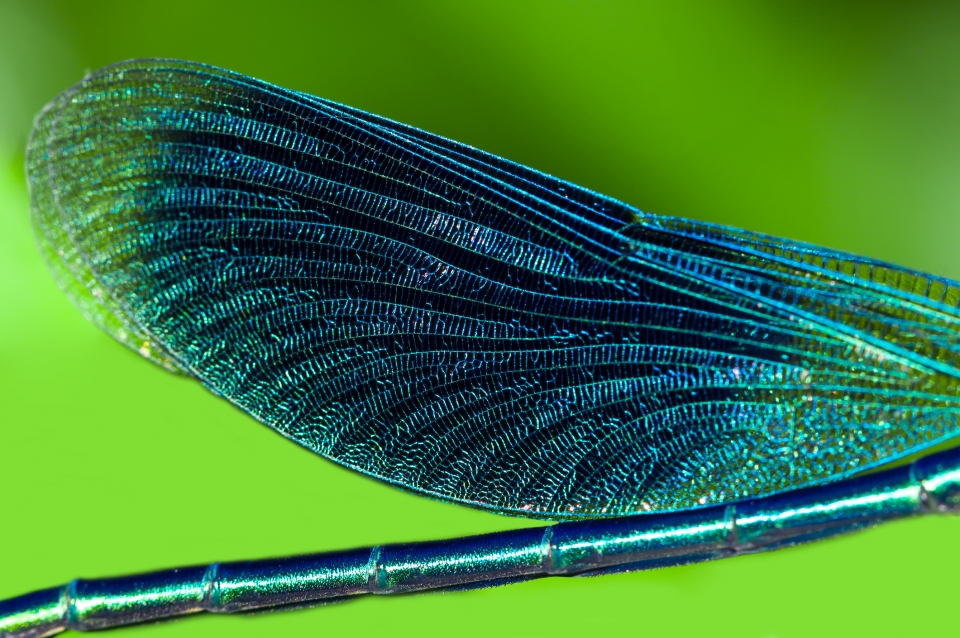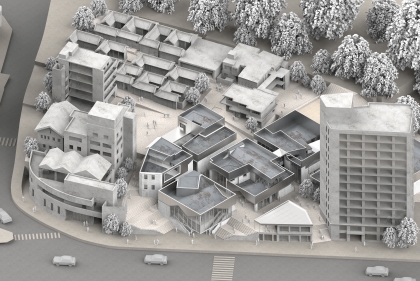July 18, 2023
Natural structures can give rise to stronger, lighter systems
By Nathi Magubane

Masoud Akbarzadeh of the Weitzman School of Design leads a multidisciplinary group of architectural designers, structural engineers, computer scientists, and more in his Polyhedral Structures Laboratory. He explores ways in which polyhedral geometries that frequently occur in nature can be used to make stronger and lighter structures, all while using fewer materials. Akbarzadeh discusses a recent study drawing inspiration from dragonfly wings. (Image: iStock / yanikap)
Close
Masoud Akbarzadeh of the Weitzman School of Design leads a multidisciplinary group of architectural designers, structural engineers, computer scientists, and more in his Polyhedral Structures Laboratory. He explores ways in which polyhedral geometries that frequently occur in nature can be used to make stronger and lighter structures, all while using fewer materials. Akbarzadeh discusses a recent study drawing inspiration from dragonfly wings. (Image: iStock / yanikap)

 Expand Image
Expand Image



